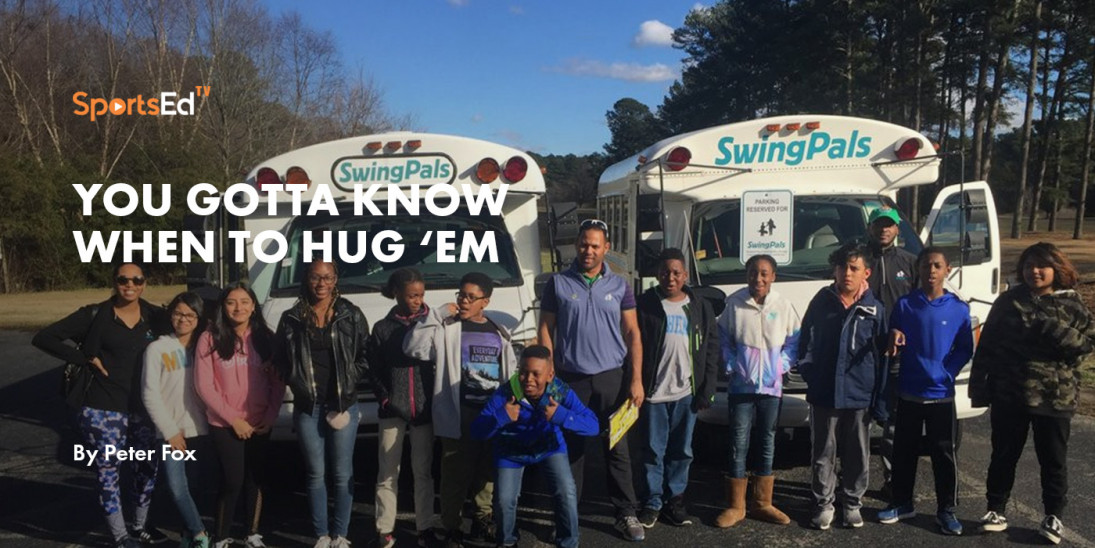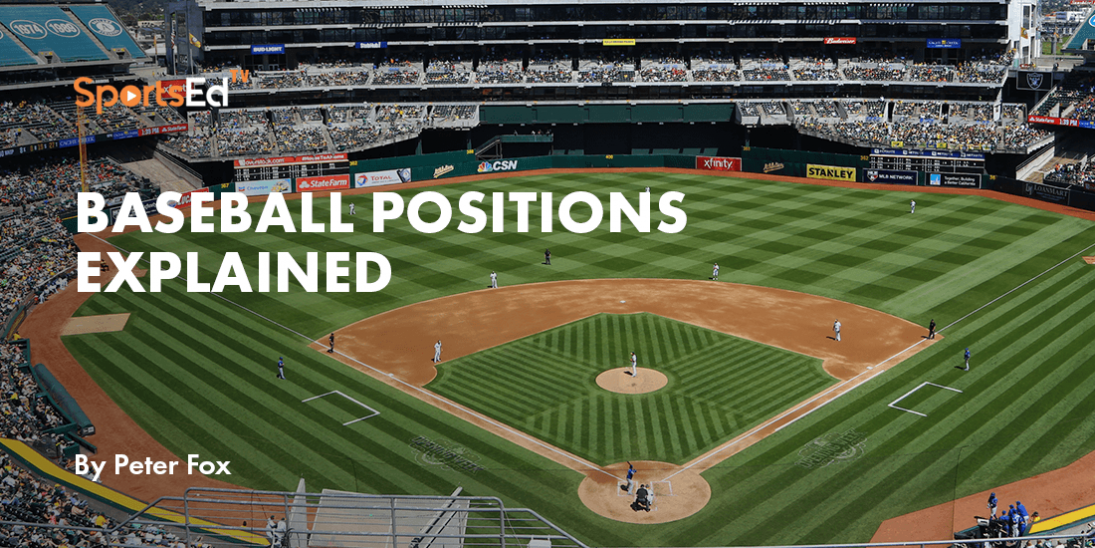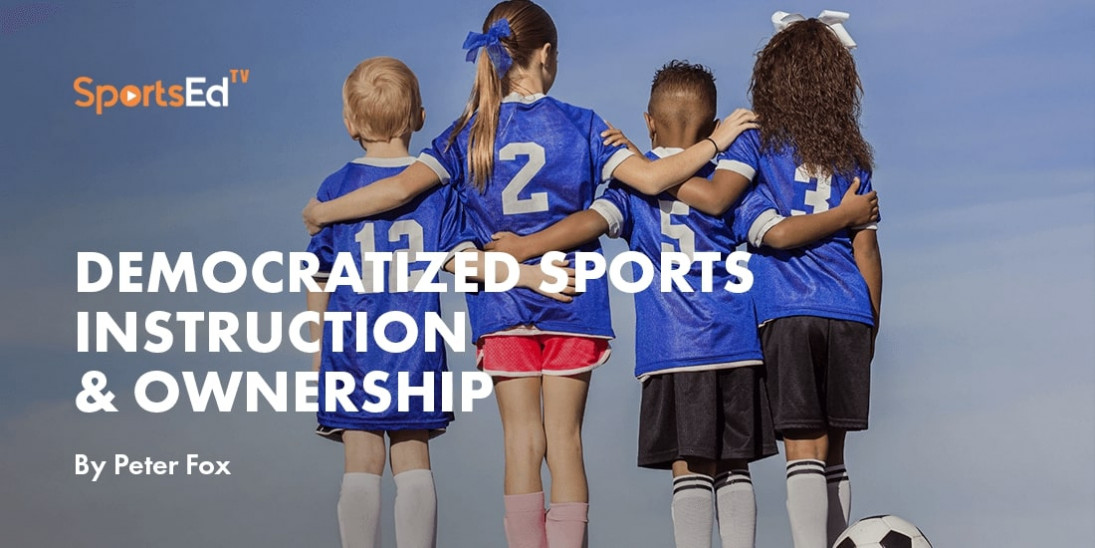Scholarship
Welcome and thanks for visiting...

Sports Scholarships for College
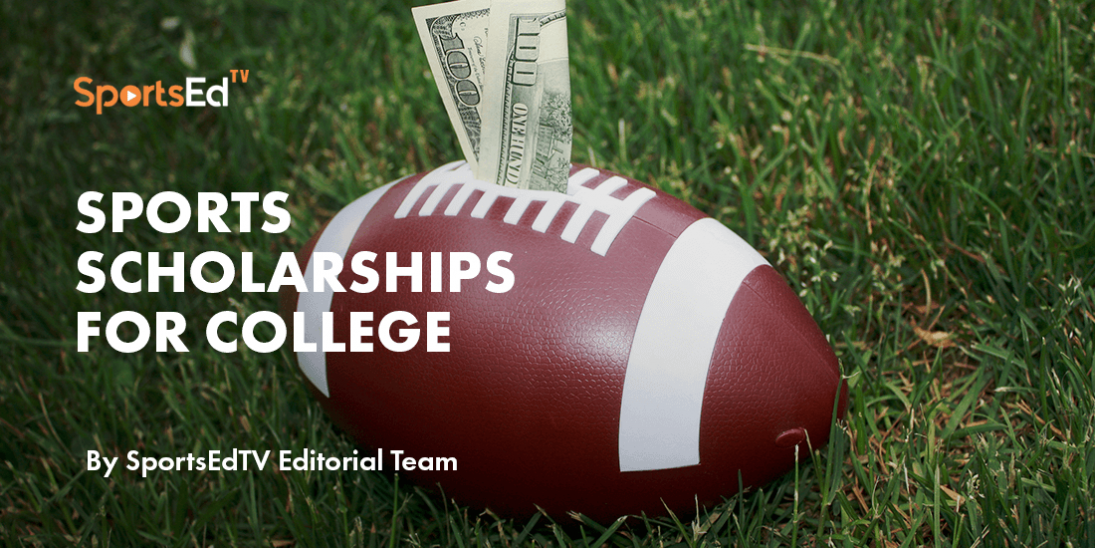
Who Are You? Identifying Your Path to a College Scholarship
Are you a dedicated high school athlete with dreams of competing at the collegiate level? Or a parent striving to support your child's athletic and academic ambitions? Whether you are juggling practice schedules, competitions, or academic commitments, the path to a college sports scholarship demands persistence, preparation, and knowledge.
Start Early: When to Begin the Scholarship Journey
The journey to earning a sports scholarship should begin by 9th grade. Start by researching schools that align with your athletic and academic profile. Build a strong athlete resume with highlight videos showcasing your skills. Reach out to coaches early, attend recruitment events, and maintain a record of your athletic progress. A consistent effort from the start increases visibility and boosts your chances of securing offers.
NCAA Eligibility: Essential First Steps
The NCAA is the gatekeeper for collegiate athletics, ensuring athletes meet academic and amateurism standards. To stay on track:
-
Download the NCAA Guide for College-Bound Student-Athletes: It provides eligibility rules and recruiting calendars.
-
Register with the NCAA Eligibility Center: Create your profile and keep track of academic transcripts and test scores.
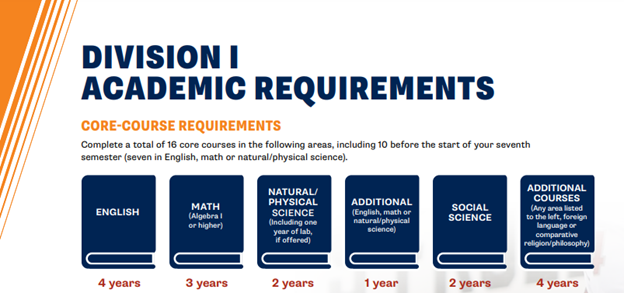
- Download this NCAA Guide for The College-Bound Student-Athlete
- You must register and create an account with the NCAA Eligibility Center
Scholarship Success: Roles and Responsibilities
The scholarship process is a team effort with clear roles:
-
Student-Athlete: Excel on the field and in the classroom while consistently reaching out to coaches.
-
Family: Support the athlete emotionally and financially, helping with application deadlines and recruitment tools.
-
Sports Scholarship Services (Optional): Use with careful research, ensuring their services align with your goals and budget.
Creative Ways to Get a Coach’s Attention
Standing out to coaches requires creativity and persistence:
-
Basketball Net Piece: Send a piece of a net with a note: “Let’s add more nets to your collection.”
-
Monthly Postcards: Mail postcards with action shots or game highlights.
-
Sports-Themed USB Drives: Showcase highlight reels in themed USBs shaped like sports equipment.
-
Soccer Red Card: Send a red card with a note: “I never earned one on the field, only victories.”
Understanding Athletic Scholarships: Full vs. Partial
Full Scholarships (Revenue Sports): Awarded in sports generating major revenue:
-
Men’s: D1 Basketball, D1-A Football
-
Women’s: D1 Basketball, Tennis, Volleyball, Gymnastics
Partial Scholarships (Equivalency Sports): Funds are divided among players:
-
D1 Men’s: Baseball, Soccer, Wrestling, Swimming, Track
-
D1 Women’s: Softball, Soccer, Rowing, Track, Lacrosse
-
D2 and NAIA: All sports follow the equivalency model.
For perspective, the NCAA reports that there are 8 million high school athletes, and 495,000 of them will go on to play collegiately, not all on scholarships.
Here’s a recent accounting of sports scholarship availabilities:
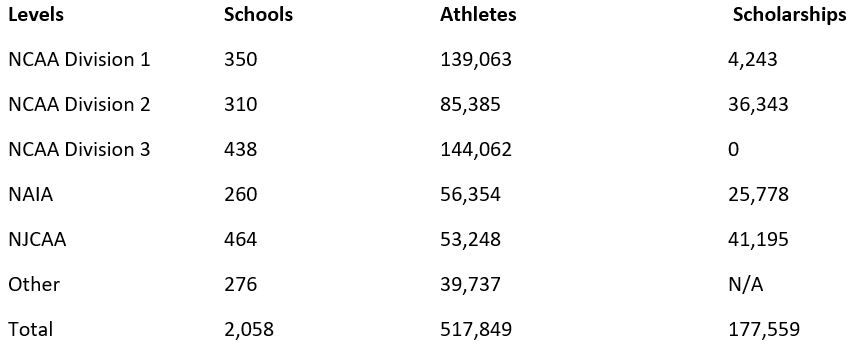
Key Questions for Coaches, Admissions, and Financial Aid
Before accepting any offer, ask important questions:
-
For Coaches: Who plays my position currently? What is the training schedule? Who covers injury costs?
-
For Admissions: What is the athlete's graduation rate? Are there tutors or study programs for athletes?
-
For Financial Aid: What does the scholarship cover? Does it include summer school? What happens if my coach leaves?
The Real Value of a Scholarship vs. Working After School
-
Average D1 Athletic Scholarship: ~$18,000 annually ($72,000 over four years).
-
After-school job ($12/hr, 20 hrs/week, 36 weeks): ~$8,640 annually ($34,560 over four years). Earning a scholarship is like securing a job that pays double without sacrificing valuable training time.
Life Beyond Sports: The Bigger Picture
Less than 2% of college athletes turn professional, but the college sports experience builds skills that last a lifetime: leadership, teamwork, time management, and resilience. These attributes often become the foundation for successful careers in business, education, and beyond.
Final Takeaway: Start Early, Stay Persistent
The path to securing a college sports scholarship is more than a sprint—it’s a marathon requiring patience, dedication, and strategic action. Success rarely comes overnight, but with the right mindset and consistent effort, your dream is within reach.
Start early. Building your profile from 9th grade—on and off the field—will give you a competitive edge. Collect videos, maintain your academic standards, and contact coaches proactively. Each small step taken today compounds into significant opportunities tomorrow.
Stay organized and informed. Navigating eligibility requirements, financial aid options, and outreach efforts can feel overwhelming, but clear goals and diligent research will keep you on track. Use resources like NCAA guides and mentors from your sports community.
Be persistent and creative. Coaches see countless prospects, but your passion, unique outreach efforts, and follow-through can set you apart. Whether through personalized highlight reels or direct, genuine conversations, show coaches why you belong on their team.
Lastly, remember that your athletic journey is also a life journey. Only a tiny percentage of athletes turn professional, but the skills you develop—discipline, resilience, teamwork—will shape your future beyond sports.
So, lace up, stay focused, and push forward. Your dream is possible, and your hard work will open doors far beyond the playing field.





